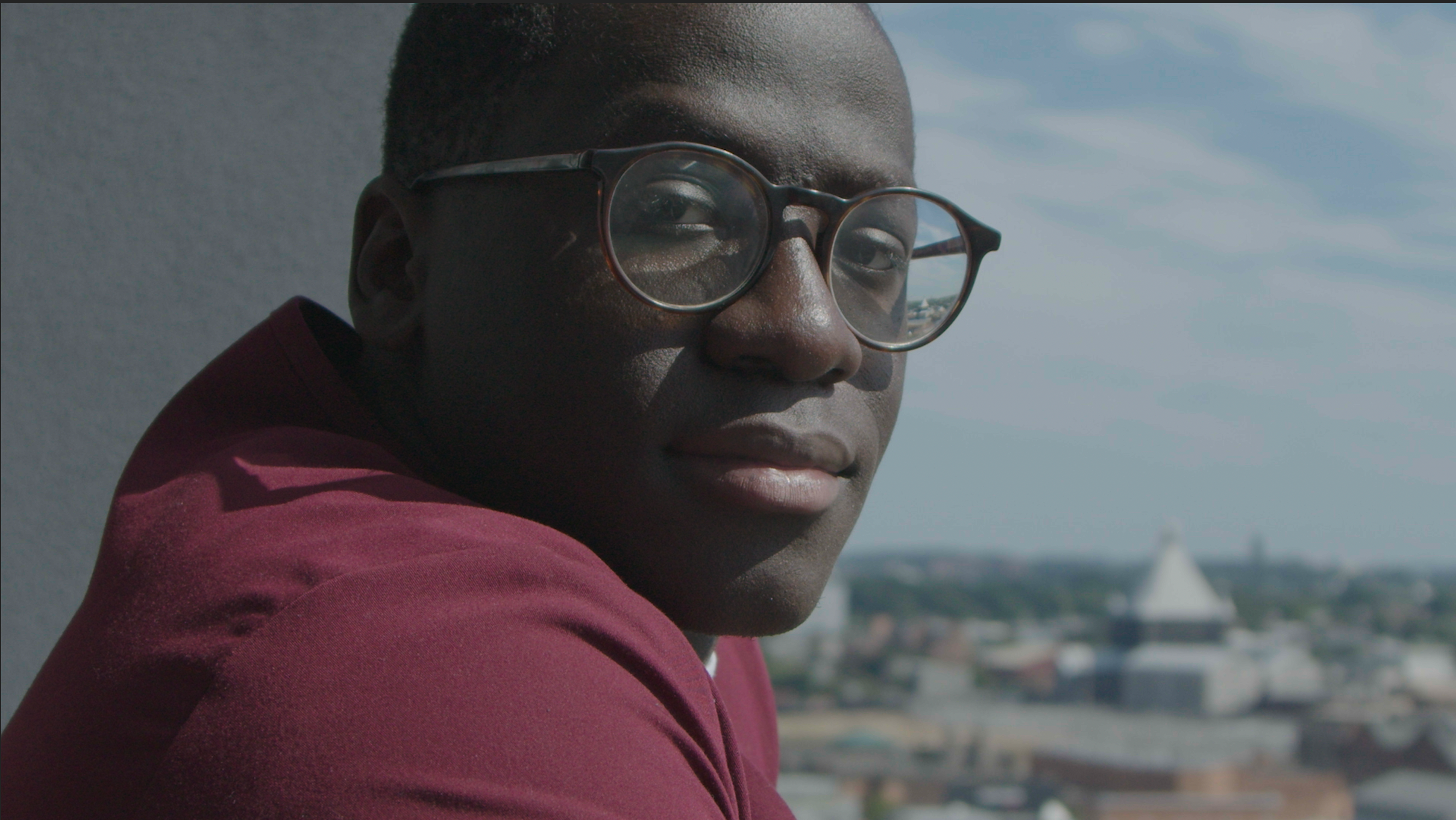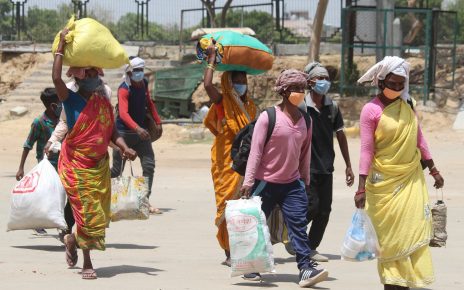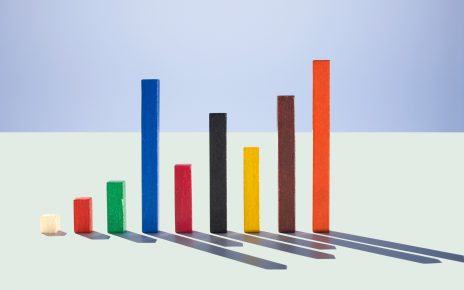
EPISODE TRANSCRIPT
Joel Bervell: You have the freedom to choose another doctor if you feel like you’re not being heard.
Here are five tips about what you should do if you don’t feel heard when you go to the doctor’s office.
When I look back on why I started my TikTok, COVID had a hit about two years ago when I was in my second year in medical school, and I had a lot of time to think for myself about the things that were happening in the world. Black Lives Matter. The George Floyd protests that were going on. I was hearing about stories like Breonna Taylor and Ahmaud Arbery, who had been hunted down by people and killed.
And he was the same age as I was.
Seeing myself also being a Black medical student in a field where less than 5% of all physicians were Black, I started thinking, what can I actually be doing to use my voice and in a unique way to kind of talk about these issues?
I didn’t want to sit idly by anymore.
I was the first Black medical student at my medical school, Washington State University. In my own classroom, I feel like I’ve asked questions that I know none of my other peers would have asked.
So I started making TikToks about things that I wasn’t learning in school.
Number two, go in with someone else if you can. If you can’t do that, have…Number two, go in with someone else if you can. If you can’t, make sure you call someone in. Or record the conversation for later.
My name is Joel Bervell. I’m a fourth year medical student, but better known on social media as the medical myth buster.
So I’m looking right now at my TikTok idea calendar. It’s like my basically whenever I have an idea I try to put it down so I remember it.
So for much of my upbringing, my grandma was my main caretaker when my parents were away. But she didn’t speak any English at all.
When I got to middle school in seventh grade, she ended up going back to Ghana, West Africa. While she was there, she unfortunately contracted malaria.
When she was taken to the hospital they told her that she was supposed to bring her own material to the hospital in terms of tubing and IVs, but she had no idea.
And those delays in care, unfortunately, led to her passing away.
That was the first moment where I saw health disparities. When we look right now at the medical field, there’s so much research that comes out, but unfortunately, they’re locked behind paywalls and it’s hard to access.
And even if you are able to get access to that, sometimes you can’t understand what the actual study’s saying.
I see my job as taking complex studies and putting them into 30 to 60 second videos where people can actually then advocate for themselves in the doctor’s office. That is the beginning.
One of the first Tiktoks I made was about pulse oximeters.
Pulse oximeters don’t treat all skin tones equally. Which are these devices that go on your finger and they measure your blood, oxygen saturation level.
Pulse oximeters, however, have been shown to not work as equally in darker skin tones, and that video ended up going viral.
And the comments were from physicians and nurses and PAs saying that they had never heard about it before.
And someone reached out to me afterwards to say that my TikTok might have saved their life.
And from there, I’ve kind of continued exposing things that we should have been taught in medical school but have not been learning.
Meet Elena Wicker. She’s going to be ten years younger than the average incoming medical student.
This man lived with a hole in his head because of a horrifying government radiation experiment that happened at the age of five.
Welcome back to hidden medical history. Let’s talk about the little known story of Vertus Hardiman.
In my videos, I talk a lot about how history is important to understanding the current day medical system. And for too long, I think conversations specifically that relate to communities of color have been left out of the mix.
When we think about implicit bias I think we have to realize that everyone has biases that are going to impact the way that they look at a patient or see someone different.
But understanding these biases is going to be necessary to try and mitigate them.
You stretch all the way back. You can see how the medical system has been a part of perpetuating these false beliefs.
Trichotillomania was actually a disease where slaves would run away and have to be whipped in order to be cured.
Individuals still believe that Black patients don’t feel as much pain or that Black patients have thicker skin, or that Black patients have less nerve endings.
Just recently, there was a study done. Nearly 50% of the of the respondents to a survey endorsed at least one false belief about Black patients.
I think the reason why there’s a lack of Black medical students and Black physicians is complex. It’s related to history. It’s related to resources. It’s related to what we have access to right now.
I think a lot about what’s called the Flexner report. The Flexner report was a report that was done in 1910. It was done by the American Medical Association and commissioned Abraham Flexner to go around to all the medical schools in the United States and essentially look at how they were run.
What ended up happening was almost all of the schools that trained women were shut down, and almost all the schools that trained minority physicians were also shut down.
So what that did was for more than half a century, you didn’t have doctors being trained that were women or minorities.
It wasn’t until the Civil Rights Act that it required that medical schools actually accept people, that were not white.
Rachel Bervell: Talking about where medicine as we have practiced has fallen short. We don’t really prioritize the public health work that’s being done or the opportunity to go through all these processes.
If we imagine COVID and monkeypox most recently have shown us that we need to do a better job of reacting to public health emergencies.
Good to see you, we’ll talk later.
Joel Bervell: Yup, have fun tomorrow in school.
Rachel Bervell: Oh I will.
Joel Bervell: Unfortunately, the medical system is expensive. It is maybe more than $200,000 to pay for when you’re in medical school. Medical students often spend around $5,000 just to apply into medical school, and that’s without any guarantee of being accepted.
And so when you think about how long that is, basically a generation of people that are not being able to go into medicine.
You lack being able to find mentors to actually get you there. I’ve had so many conversations with friends who should be doctors right now but aren’t because someone along the way told them that they weren’t good enough. And in my own life, I’ve had those experiences too. I would not be here right now if it wasn’t for mentors who spoke to me and instilled in me that I could be here right now.
Amiethab A. Aiyer: Like, where are you [inaudible]…and then, fast forward, this is now we were doing like a bunch of our webinars and whatever else. And then at some point October, I guess I’m that year [inaudible].
Joel Bervell: In a typical day? I probably work upwards of 14 hours. I have a lot of projects that I’m working on right now. I’m someone that’s always trying to figure out what’s the best way to make information accessible.
So one of the things I’m doing right now is working with the White House. I’m also working with the World Health Organization to dispel medical disinformation and misinformation that’s online.
I’ve been working with the surgeon general’s office. I actually got to make a video with Dr. Vivek Murthy, which is really fun.
I’m also trying to work on a TV show right now…
I think there’s an incredible movement right now for the next generation to reimagine what medicine looks like.
That means making sure that communities who haven’t been talked about are actually being included in our curriculum. I think dermatology images are thankfully getting more diverse. I think that we’re talking about race-based medicine and why we use race-based medicine and the flaws of it as well. We’re talking about medical devices now and how medical devices can read and accurately on different skin tones.
We’re talking about artificial intelligence and how A.I. actually treats people differently based on the algorithms that’s fed.
I think some people will say that I’m an influencer or that I’m a change maker, but I think at the heart of everything I do, it’s education. I’ve always loved teaching. I’ve always loved sharing knowledge. And that’s really what I think I’m trying to do right now, is taking things that exist out there that have fascinated me and giving it to people that they can understand it in an easily digestible way and can use it to better their own health.



